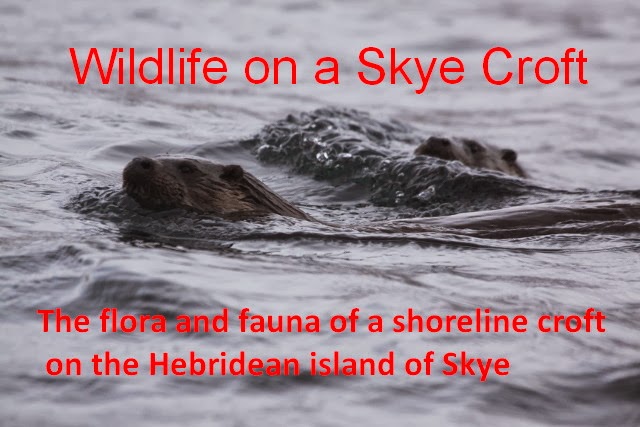The campaign was extraordinary with half truths and untruths peddled liberally. The 'Yes' campaign, much the more vocal and aggressive, took flight at and after the second televised debate when the anti-Tory rhetoric was wound up and the currency debate shouted down. The 'No' campaign, bordering on the inept from the start, seemed to regain the initiative only late on when a number of major retailers confirmed what was blindingly obvious that shop prices in a small independent country with a scattered population, would rise over what they are now (higher distribution and transaction costs which are now averaged out).
Whilst the vote has now gone I have a feeling that the issue has not died, to rise again like the undead over and over again.
The weather has also returned to normal. At this time last year we suffered heavy rain for days. This year we have had the complete opposite, with a very long dry spell and quite a lot of sunshine. The change occurred this week with some rain. I mowed the remaining areas of the croft now that the orchids have set seed and have mostly withered away.
 |
| Post mowing and strimming |
 |
| Lesser butterfly orchid |
 |
| Heath fragrant orchid |
Also as a result of the good weather I have had the moth trap out 4 times in September. I caught nothing very spectacular though one handsome moth was the Green-brindled Crescent with its flash of metallic green.
 |
| Brindled Ochre |
 |
| Green-brindled Crescent |
Waxcaps, a favourite, because they are usually brightly coloured, should as a result be easy because of the different colourations, rather than simply drab brown, but there are several that look very similar and the keys do not seem to be too reliable. They rely on the cap and stipe (stalk) stickiness, the colours and shape of the cap, and the way the gills attach to the stipe. So, viscid (slimy) or greasy, gills that are decurrent (curving down the stipe) or adnate (attached at 90 degrees), orange yellow or yellow and so on. I picked up 5 this week, which brings the total number of waxcaps I have found over time to 7. That puts the croft into the locally important grouping for mycologically rich, unimproved low-nutrient grasslands (see a Natural England paper http://publications.naturalengland.org.uk/publication/131003)
One more and we become regionally important but I don't think we get a certificate. One waxcap, the pink waxcap, is a UK BAP species.
.JPG) |
| Probably Honey Waxcap (Hygrocybe reidii) |
.JPG) |
| Pink Waxcap (H. calyptriformis) |
.JPG) |
| Probably Butter Waxcap (H. ceracea) |
.JPG) |
| Crimson Waxcap (H. punicea) |
.JPG) |
| Heath Waxcap (H. laeta) |
A corner of the croft is left more or less to its own devices; it is covered by bracken and brambles and provides cover to the deer when they come on the croft. Brambles (the name I have always known them as, but many call them blackberries) are now in fruit. The only work I do on this bit is to cut out the long rooting canes put out each year because the fruit is on the established older canes. When I was young my mother, who was brought up on a Cumbrian farm, dragged us off on autumn Sunday afternoons to collect brambles, armed with a shepherd's crook to bring the fruiting canes nearer to hand. The reward was a bramble pie and enough bramble jam to last the winter (no freezers in those days). I collected about 2kg this year most of which has gone in the freezer, but I will make a couple of jars of jam. Sadly, collecting wild fruit for home use seems to have virtually died out.
 |
| Freezer ready |
 |
| Bramble fruit |
